A CNC milling machine consists of many different parts that each play an important role and work together to accomplish a variety of milling tasks. In this article, we will introduce the main parts of a CNC milling machine in detail to help you better understand their functions and roles.
1. column:
The column is one of the support structures of a CNC milling machine and is usually located on the base of the milling machine. It is responsible for supporting and stabilizing the machine's superstructure, such as the part that suspends the spindle and table. The column is usually designed to ensure rigidity and stability so that it can maintain accuracy during high-speed milling.
2. Base:
The base is the basic structure of the CNC milling machine, which is usually located on the ground to bear the weight and vibration of the whole machine. The base must be stable and rigid enough to ensure that the machine does not deform or vibrate during operation.
3. Knee:
The knee is a movable part of the CNC milling machine that connects the column to the table. The lifting and lowering motion of the knee can be controlled by the CNC system, thus realizing the movement of the milling tool in the vertical direction to adjust the milling depth.
4. Power feeding mechanism:
The power feed mechanism consists of a variety of electric motors, ball screws, guide rails, and gear systems used to control the motion of various components on the milling machine. These components work in tandem to allow the table and tool to move horizontally and vertically to accomplish the milling operation.
5. Workbench:
The work table is the work platform of the milling machine and is usually located above the knees. The table can be moved horizontally to position the workpiece and support it for milling operations. It usually has T-slots for clamping and securing the workpiece.
6. ram:
The ram is the part that connects the table to the column and it can be moved in the lateral direction to adjust the position of the table. This allows the table to be precisely positioned along the X-axis on the milling machine.
7. Spindle:
The spindle is the core component of a CNC milling machine and is responsible for rotating the milling cutter and transmitting the cutting force to the workpiece. The spindle usually has high speed and power to accommodate different types of cutting tasks. It can also perform elevating and lowering motions to change the depth of feed of the tool.
8. Milling cutter:
A milling cutter is a tool used to cut a workpiece and usually has multiple teeth. Different types of milling cutters can be used for different milling operations such as face milling, slot milling and contour milling.
9. Milling collets:
Milling collets are used to clamp and hold milling cutters. They must be able to provide sufficient clamping force to ensure that the cutter does not loosen or deflect at high speeds.
10. CNC controller:
The brain of a CNC milling machine is the CNC controller, which usually consists of a computer numerical control (CNC) system. The CNC controller receives a program input from the user and then performs the milling operation by controlling the power feed mechanism and spindle. The operator can program the milling machine using a computer interface to control parameters such as the machining path, cutting speed and feed rate.
11. Cantilever:
Some CNC milling machines have a cantilever, which is a component that extends near the spindle to support tool cutter attachments such as coolant supply systems or measurement sensors.
12. mandrel support for horizontal milling machines:
Horizontal milling machine is a special type of milling machine which has a horizontally arranged spindle. A mandrel holder is a device used to support and position the workpiece and is usually used on horizontal milling machines.
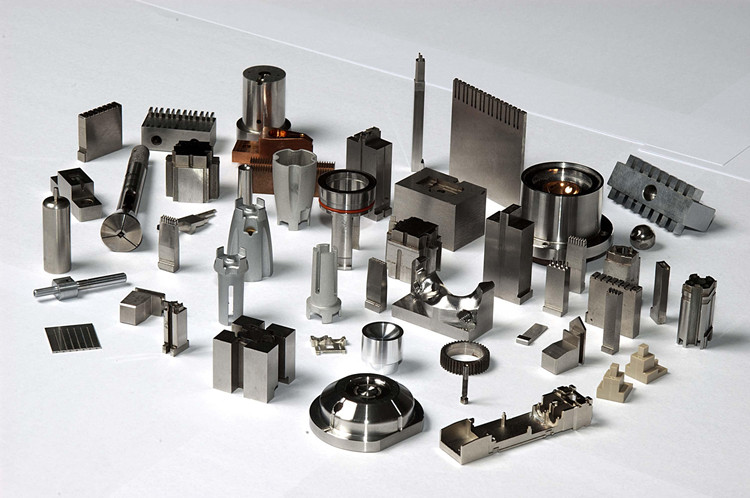
A CNC milling machine is controlled by a computer numerical control (CNC) system, which means that the operator can use computer programming to specify the desired cutting path, depth of cut, speed of cut, and other parameters on the workpiece. the CNC system translates these commands into motion-control signals to accurately control the movement of the milling machine's various components.
First, the operator needs to select the appropriate milling cutter, which depends on the material and shape of the workpiece and the desired cutting operation. Milling cutters usually have multiple teeth that can rotate at high speeds and cut the material. Selecting the proper cutter is a critical step in ensuring quality and efficiency in machining.
Once the tool is selected, it must be properly clamped in the milling chuck or shank to ensure a safe and consistent cutting operation. The clamping force must be high enough to prevent the tool from loosening during high-speed rotation.
Workpiece clamping is another critical step. The table usually has a T-slot for clamping the workpiece or fixture. The operator must ensure that the workpiece is securely clamped to prevent it from moving or shifting during the cutting process.
CNC milling machines use a coordinate system to determine the position of the tool and the workpiece. Typically, a milling machine has three axes: X, Y, and Z. These axes correspond to the movement of the tool in the horizontal, vertical, and feed directions, respectively, and the CNC system directs the movement of the tool by controlling the movement of these axes.
Before machining can begin, the operator must write or generate a CNC program. This program consists of a series of instructions that tell the CNC milling machine how to move the tool to cut the workpiece.CNC programs are usually written in a specific programming language, such as G-code.
Once the CNC program is ready and uploaded to the CNC milling machine's controller, the workflow is as follows:
a. Starting the CNC milling machine
The operator first starts the CNC milling machine and confirms that all safety settings and emergency stop functions are functioning properly.
b. Zeroing
The CNC milling machine needs to know the starting position of the tool and workpiece. Typically, before each job, the tool needs to return to a known starting position, which is referred to as "zeroing".
c. Machining
Once the zero return is complete, the CNC milling machine starts cutting the workpiece according to the instructions in the CNC program. the CNC controller precisely controls the position of the tool and the depth of cut by controlling the motion of each axis. the relative motion of the table and the tool allows the workpiece to be machined in the same manner as the tool. The relative motion of the table and the tool makes the cutting operation possible.
d. Cutting parameter control
During machining, the CNC system controls the cutting parameters such as cutting speed, feed rate and depth of cut. The selection of these parameters depends on the workpiece material and cutting requirements.
e. Monitoring and adjustment
Operators usually monitor the cutting process to ensure that everything is in order. If needed, they can make fine adjustments to the cutting results, such as adjusting the cutting speed or changing tools.
f. Finish machining
Once the cutting task is complete, the CNC milling machine stops the tool movement. The workpiece can be removed and inspected to ensure quality requirements are met.
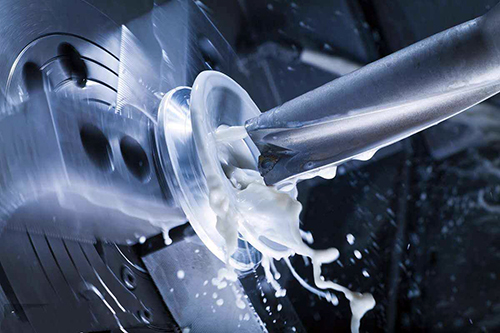
CNC milling machines are known for their high accuracy and excellent surface quality. the CNC system is able to accurately control the position of the tool, making the cutting process very precise. This is essential for manufacturing precision parts, which require highly accurate dimensions and surface smoothness.
CNC milling machines are used in a wide range of manufacturing applications, including aerospace, automotive, medical devices, electronics, and mold making. They are capable of machining a wide range of workpieces of different shapes and sizes, from small parts to large structures.
The technical operation of a milling machine is a highly complex and precise task that requires the operator to have in-depth machining knowledge and skills.
Before performing the technical operation of a milling machine, some necessary preparations are required to ensure that everything goes smoothly.
Ensure that the emergency stop button and other safety devices of the milling machine are functioning properly.
Check that the tools and fixtures are properly installed and that the clamping force is sufficient.Check that the cutting lubrication system is working properly to ensure that the tool and workpiece are lubricated during the cutting process.Check that the starting positions of the table and tool are correct.
Prepare the workpiece to be machined and make sure its surface is smooth and clean.
Select suitable cutting tools, according to the material and cutting requirements of the workpiece.Mount and adjust the tool to ensure that the cutting tool is in the correct position.
Check and load the proper CNC program which contains the cutting path, cutting speed, feed rate and other necessary parameters.
Verify the correctness of the CNC program to ensure that it meets the workpiece requirements and tool specifications.Set the workpiece coordinates and workpiece start point on the CNC controller to ensure accurate tool positioning during the cutting process.
Once the preparations have been completed, the operator can begin the technical operation of the milling machine. The following are general operating steps:
Turn on the main power to the milling machine and ensure that all electrical systems are functioning properly.
Start the CNC controller and enter the password or authenticate (if required).Load and select the CNC program to be run on the CNC controller.
Use the Zero Back command in the CNC program to move the tool and workpiece to a known starting position.
After the zero return operation is complete, make sure the tool and workpiece are not colliding or interfering.
Use the coordinate system on the CNC controller to set the workpiece coordinates, including the X, Y, and Z axis positions.
Make sure the workpiece coordinates match the actual workpiece position.
Start the cutting operation, the CNC controller will control the movement of the tool and the workpiece according to the instructions in the program.
Monitor the cutting process to ensure that the tool is cutting the workpiece on the correct path.Adjust the cutting speed, feed rate and depth of cut as required.
Regularly use measuring tools to check dimensions and surface quality of workpieces.
If dimensional deviations or unsatisfactory surfaces are found, adjust cutting parameters or tools as needed.
When the cutting operation is complete, close the cutting program.
Move the tool to a safe position for tool change or workpiece removal.Turn off the milling machine and disconnect the main power supply.
Milling machine operation requires a high degree of vigilance and adherence to strict safety regulations to prevent accidents. The following are some key safety precautions:
Wear personal protective equipment (PPE): including safety glasses, earplugs (if noisy), protective clothing and gloves.
Follow safety regulations: Strictly follow safety regulations and standard operating procedures for milling machine operations.
Regular maintenance: Check the maintenance of the milling machine regularly to ensure that all components are in good condition.
Avoid interference: Make sure there is no collision or interference between the tool and the workpiece.
Use caution when changing tools: Never change tools while running. Make sure that the tool has completely stopped rotating.
Dispose of waste: Dispose of chips and scrap properly to prevent clogging the machine or creating a hazard.
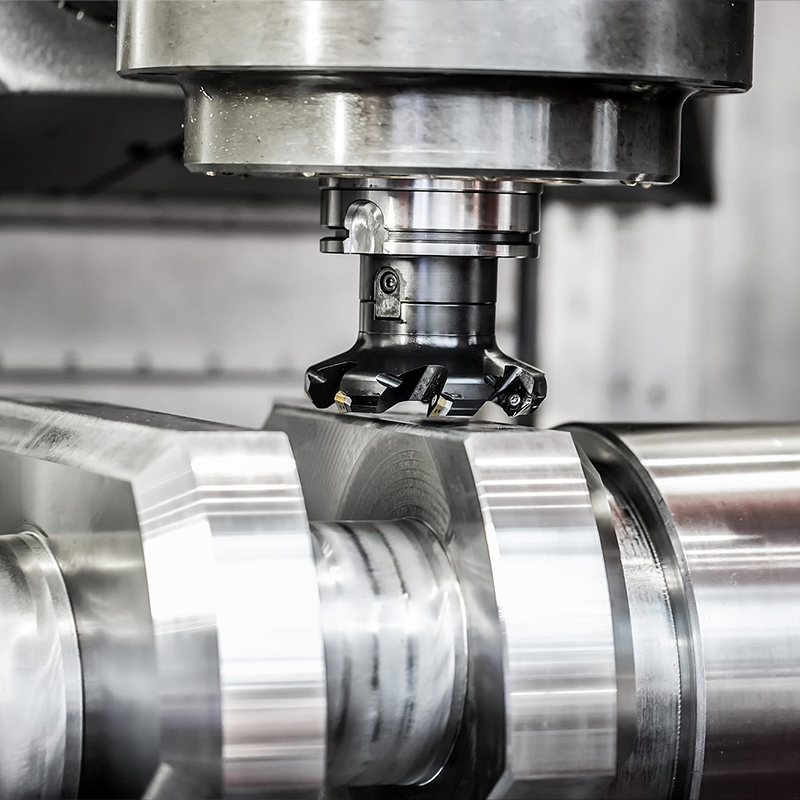
Milling machines are a common type of metalworking machine and there are several different types, each suited to specific machining needs and workpiece types.
Vertical Milling Machines have a spindle that is perpendicular to the table and a tool that moves in a vertical direction.
It is suitable for machining workpieces of various sizes, including flat milling, grooving and contour milling.Commonly used in general metal processing and mold making.
Horizontal Milling Machine has spindle arranged horizontally and the tool moves horizontally.
It is suitable for the machining of large workpieces, such as large castings and bearing housings.
It can carry out efficient cutting and is suitable for mass production.
CNC Milling Machine is a kind of milling machine equipped with computer numerical control (CNC) system, which can be programmed to automatically control the movement of tools and workpieces.
With high precision, high productivity and versatility, it is suitable for the processing of various complex workpieces.
CNC milling machines can be of vertical, horizontal or gantry type.
Bed Milling Machine has a large bed to support the table and workpiece.
Ideal for machining large workpieces such as aerospace parts and heavy mechanical components.
Can handle high cutting forces and high rigidity requirements.
Gantry Milling Machines have a large gantry structure for supporting the table and spindle.
It is suitable for machining large workpieces and high precision requirements, such as aero-engine parts and ship components.
Has a large working area and high rigidity.
Vertical Machining Center is a highly automated CNC milling machine, usually with an automatic tool change system and a rotary table.
It is used to produce complex parts such as automotive components, aerospace parts and medical device components.
Horizontal machining centers have horizontally aligned spindles for horizontal machining operations.
Used for efficient machining of complex workpieces such as automotive engine parts, turbine blades, etc.
An add-on machining center can move in five different axes, allowing cutting on complex curved surfaces.
It is suitable for producing high-precision parts in the aerospace, medical and space fields.
CNC milling machines play an important role in the manufacturing industry by serving as a high-precision metalworking tool for a variety of different types of milling operations. With precise CNC control, CNC milling machines can produce complex parts and components, providing an indispensable capability for modern engineering and manufacturing.
A1: There are several common types of milling machines, including vertical milling machines, horizontal milling machines, CNC milling machines, bed milling machines, and gantry milling machines. Each type has its own characteristics and is suitable for specific machining needs and workpiece types.
A2: A CNC milling machine uses a computer numerical control (CNC) system to automate the control of the tool and workpiece movements. The CNC controller interprets programmed instructions to precisely guide the milling tool along the desired cutting path, controlling parameters such as cutting speed, feed rate, and depth of cut.
A3: When operating a milling machine, it's important to wear personal protective equipment, follow safety regulations, regularly inspect and maintain the machine, avoid interference between the tool and workpiece, exercise caution when changing tools, and handle waste materials properly to prevent accidents.
The key steps in milling machine operation include startup, homing, setting workpiece coordinates, cutting operations, regular measurement and inspection, and proper shutdown. These steps ensure safe and efficient machining processes.
A5: Milling machines are used to produce a wide range of workpieces, including automotive parts, aerospace components, medical devices, molds, and more. Their versatility makes them essential in various industries for manufacturing precise and complex parts.
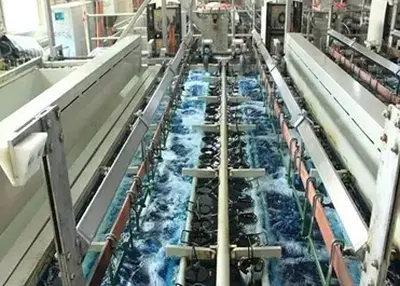 Metal Plating Finishes: Picking the Best for Your Custom PartsMay 16, 2024What are metal plating finishes? How are they applied? What are their benefits and drawbacks? Find out in this guide to metal plating finishes.view
Metal Plating Finishes: Picking the Best for Your Custom PartsMay 16, 2024What are metal plating finishes? How are they applied? What are their benefits and drawbacks? Find out in this guide to metal plating finishes.view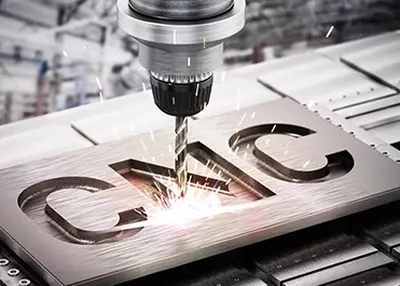 What is CNC: Unveiling the Precision RevolutionSeptember 20, 2023CNC (Computer Numerical Control) is an automated manufacturing technology that utilizes computer control systems to precisely manipulate machine tools and equipment for machining and manufacturing purposes.view
What is CNC: Unveiling the Precision RevolutionSeptember 20, 2023CNC (Computer Numerical Control) is an automated manufacturing technology that utilizes computer control systems to precisely manipulate machine tools and equipment for machining and manufacturing purposes.view The Application of CNC Machining in Mechanical Equipment - CNC PartsMay 13, 2024Discover the wide range of applications and future trends of CNC machined parts in mechanical equipment. From high precision to increased efficiency, this technology is pushing forward the industry. Explore the possibilities now!view
The Application of CNC Machining in Mechanical Equipment - CNC PartsMay 13, 2024Discover the wide range of applications and future trends of CNC machined parts in mechanical equipment. From high precision to increased efficiency, this technology is pushing forward the industry. Explore the possibilities now!view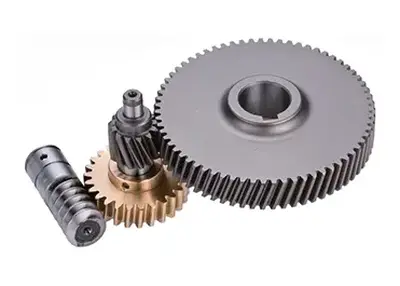 Unveiling the Precision World of Machined Gears: A Richconn PerspectiveNovember 10, 2023In the intricate tapestry of mechanical engineering, machined gears stand as the unsung heroes, translating rotational motion with unparalleled precision. These gears are meticulously crafted to meet the demanding requirements of various industries, ensuring seamless operation in complex machinery.view
Unveiling the Precision World of Machined Gears: A Richconn PerspectiveNovember 10, 2023In the intricate tapestry of mechanical engineering, machined gears stand as the unsung heroes, translating rotational motion with unparalleled precision. These gears are meticulously crafted to meet the demanding requirements of various industries, ensuring seamless operation in complex machinery.view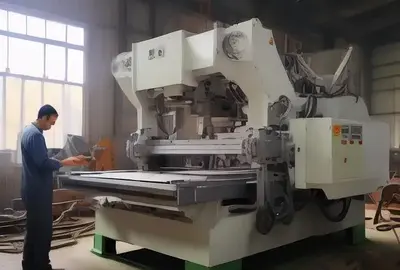 The Application of CNC Machining in Mechanical Equipment - SheetMay 7, 2024Let’s explore the world of sheet in mechanical equipment! Read this article to discover its importance, applications, manufacturing processes, and more.view
The Application of CNC Machining in Mechanical Equipment - SheetMay 7, 2024Let’s explore the world of sheet in mechanical equipment! Read this article to discover its importance, applications, manufacturing processes, and more.view Electrophoresis Metal Coating in Laboratory AutomationFebruary 29, 2024Navigating Precision in Laboratory AutomationIn the dynamic landscape of scientific research, the central axis of efficiency revolves around laboratory automation. At the nucleus of this efficiency li...view
Electrophoresis Metal Coating in Laboratory AutomationFebruary 29, 2024Navigating Precision in Laboratory AutomationIn the dynamic landscape of scientific research, the central axis of efficiency revolves around laboratory automation. At the nucleus of this efficiency li...view